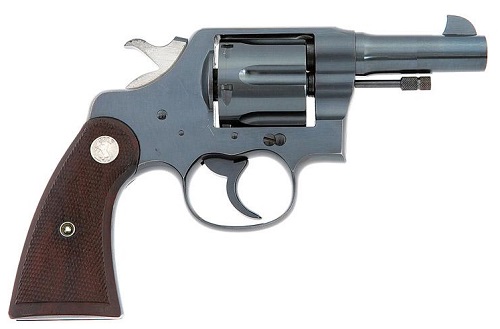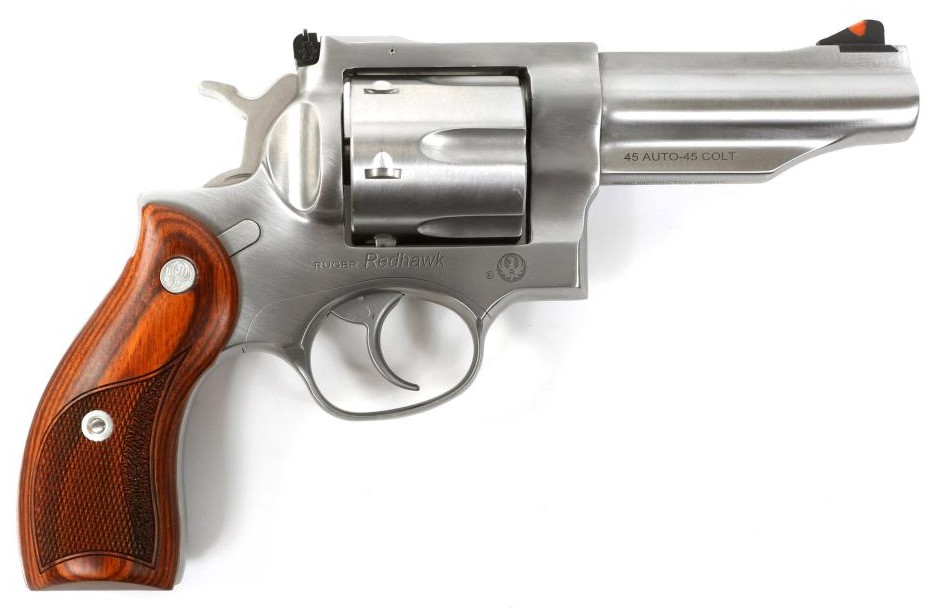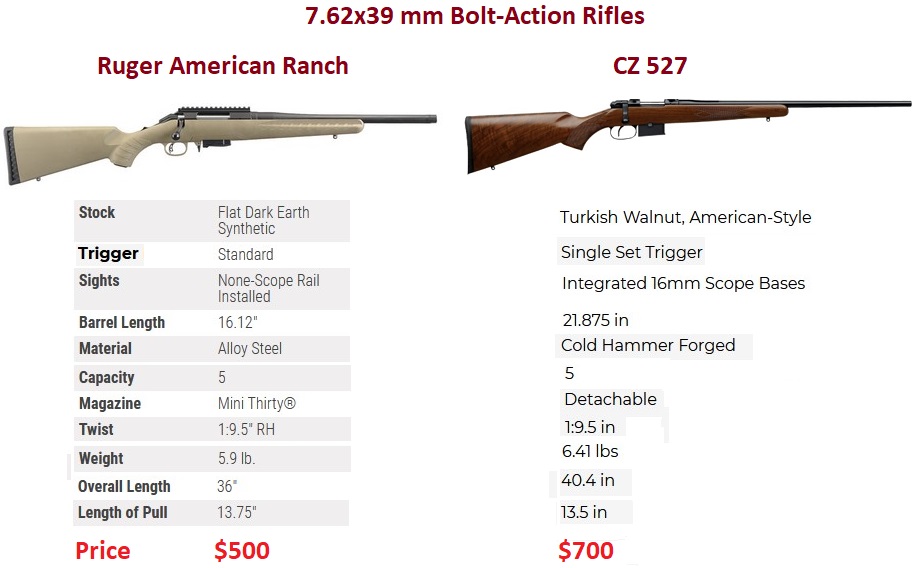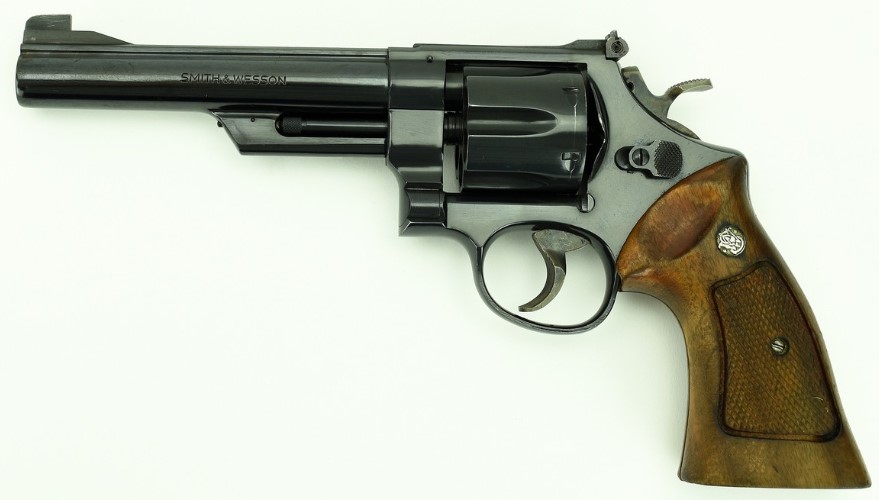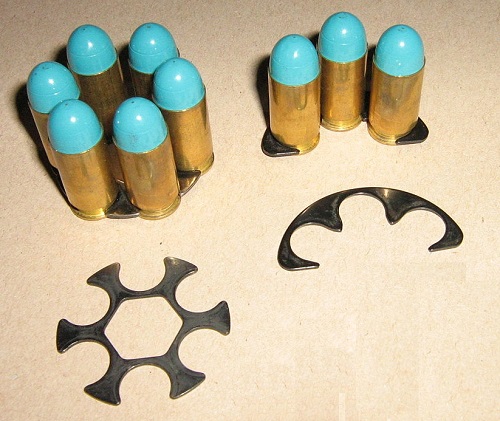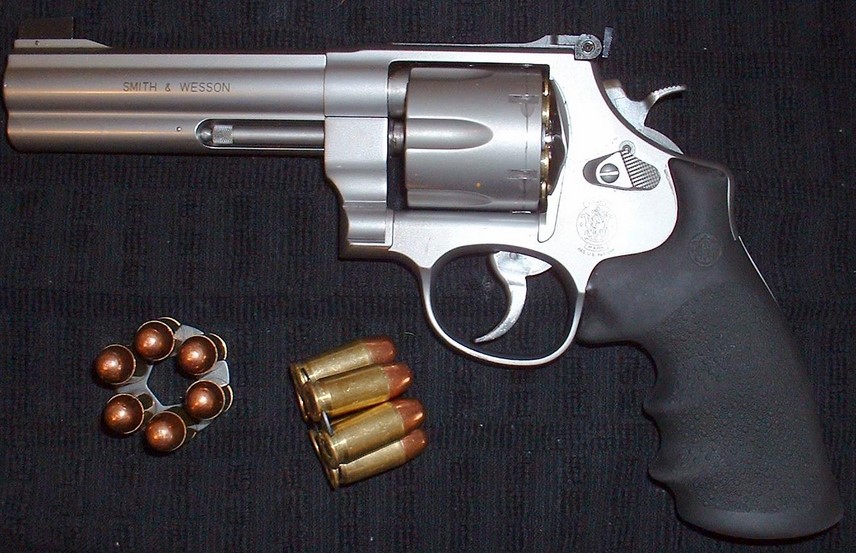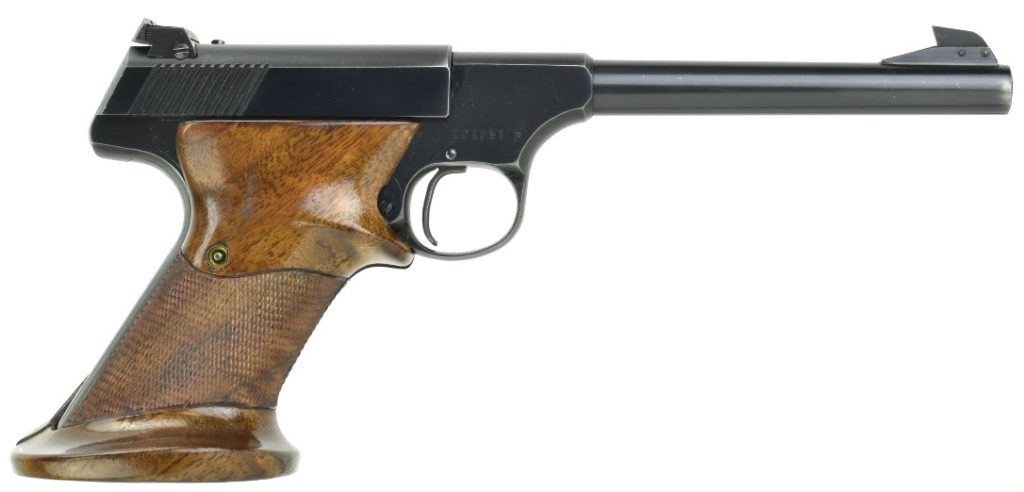I have often touched on the topic of the WWII / Korean War-era M1 Carbine before, but never really done it justice. For those people who have a busy day ahead of them and have to get on with it, here’s the Executive Summary:
I love this rifle.

I love it more than just about any other rifle I own, because it satisfies several of my “needs” at one go:
- it’s handy — lightweight, easy to carry, easy to shoot / low-no recoil, not huge and cumbersome
- shoots a decent cartridge (a topic to be covered at some length further down the page)
- it’s a piece of history, and killed lots of Evil Bastards (Commies, Nazis and Imperial Japs) in two major conflicts
- plentiful ammo (under normal circumstances, don’t get me started)
- less importantly, I don’t know anyone who doesn’t enjoy shooting it.
“But Kim,” you may ask plaintively, “what about all the geeky stuff?”
Glad you asked. Because it’s the weekend, I’ve taken the trouble to collect a few videos from EwwChoob and put them all in one post.
Firstly, there’s Gun Jesus (Ian McCollum) giving you the background history and technical aspects (in his usual masterful manner).
Next comes Chris Baker from Lucky Gunner, giving not one but four videos (you can skip the first one as it covers more or less the same ground as McCollum does):
- Part 1(history and overview)
- Part 2 (.30 Carbine ammo test)
- Part 3 (self defense with the Carbine)
- Part 4 (reliability, and modifying the Carbine).
Finally, there’s a great conversation about the M1 Carbine between Ian McCollum and the peppery Ken Hackathorn.
Whenever I watch gunny videos, my trigger-finger starts to itch, but with gunny videos about the M1 Carbine, it starts to itch really badly. So if you own one already (and you should, it belongs in every household almost to the degree that a .22 rifle does) and you end up going out to the range with your M1 Carbine this afternoon instead of tackling the “Honey-Do” list, tell her it’s my fault.

